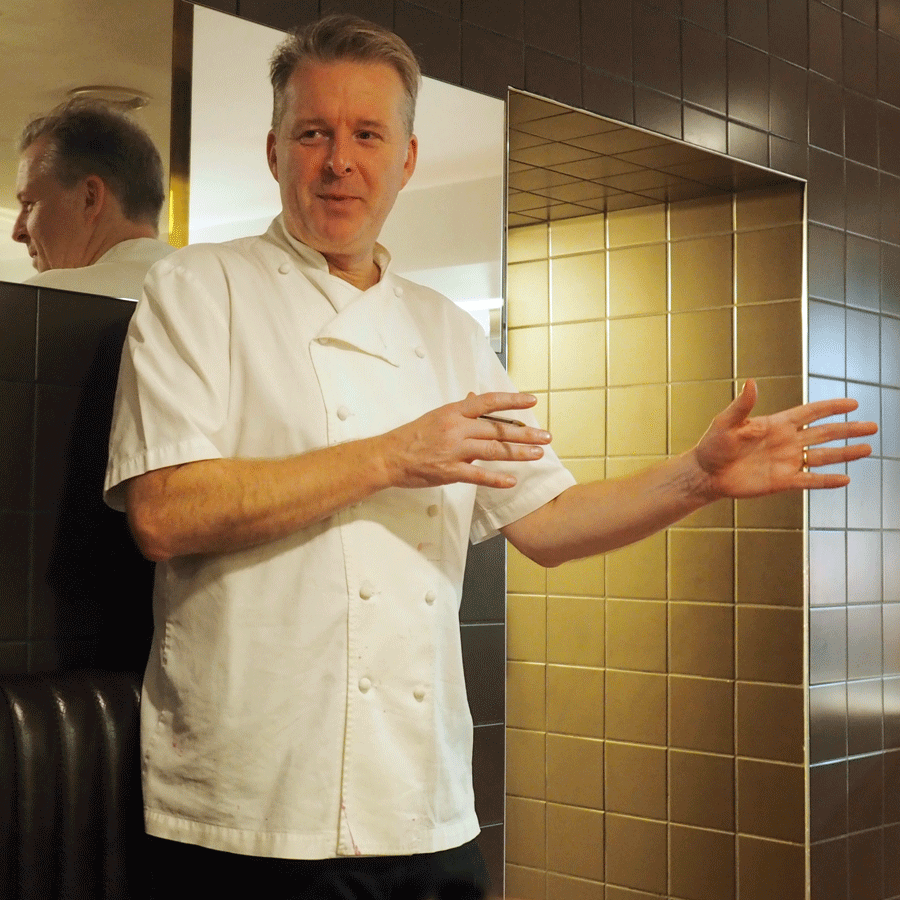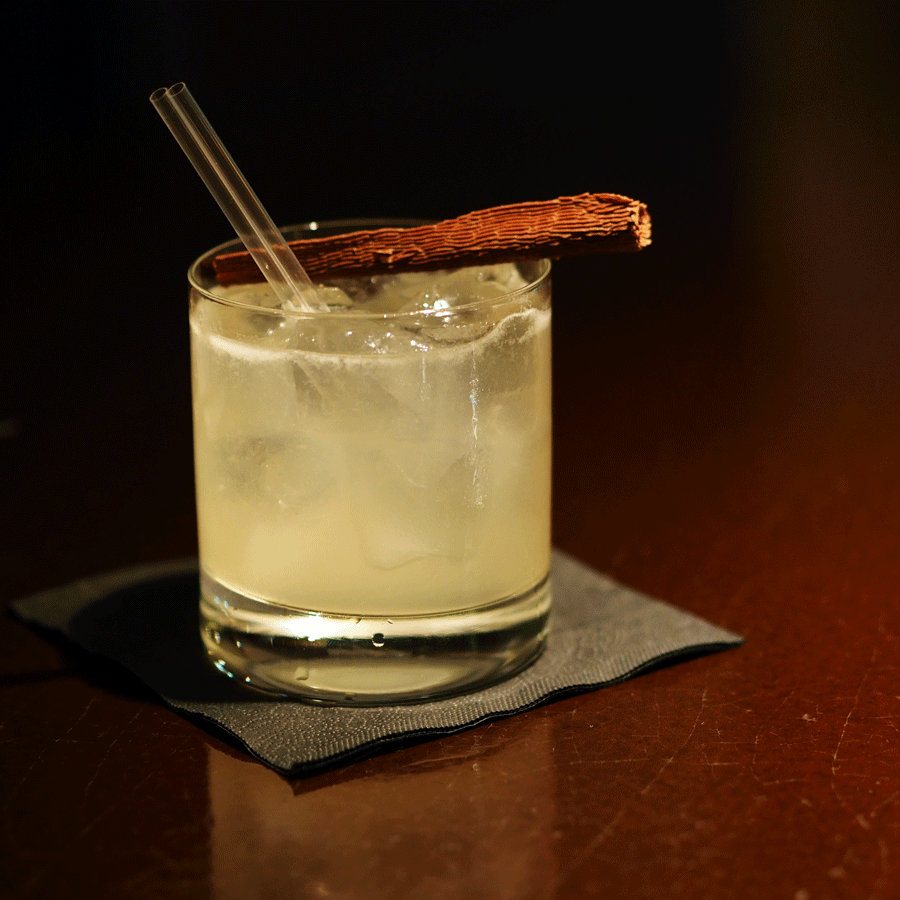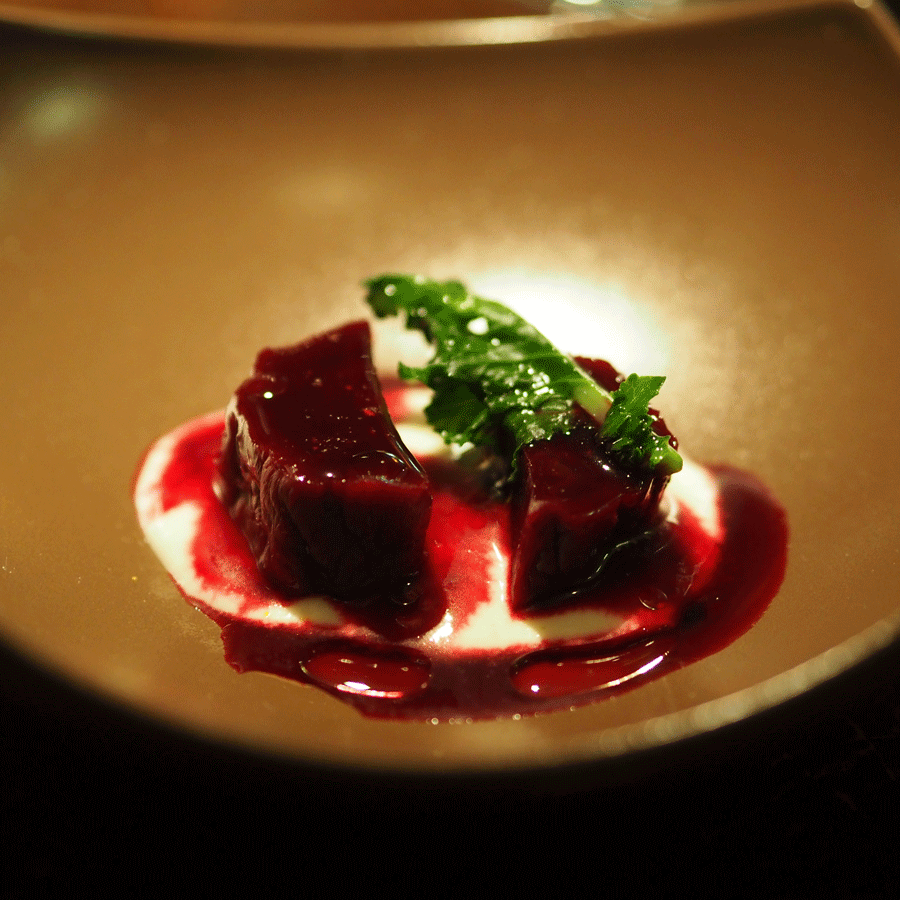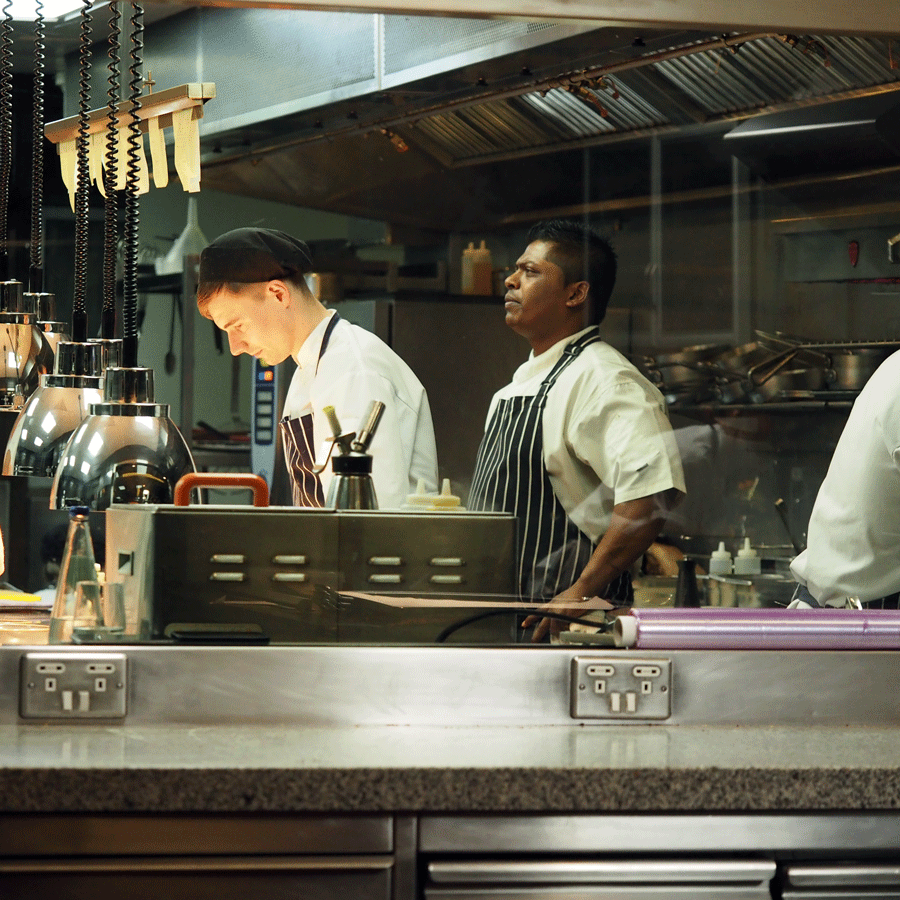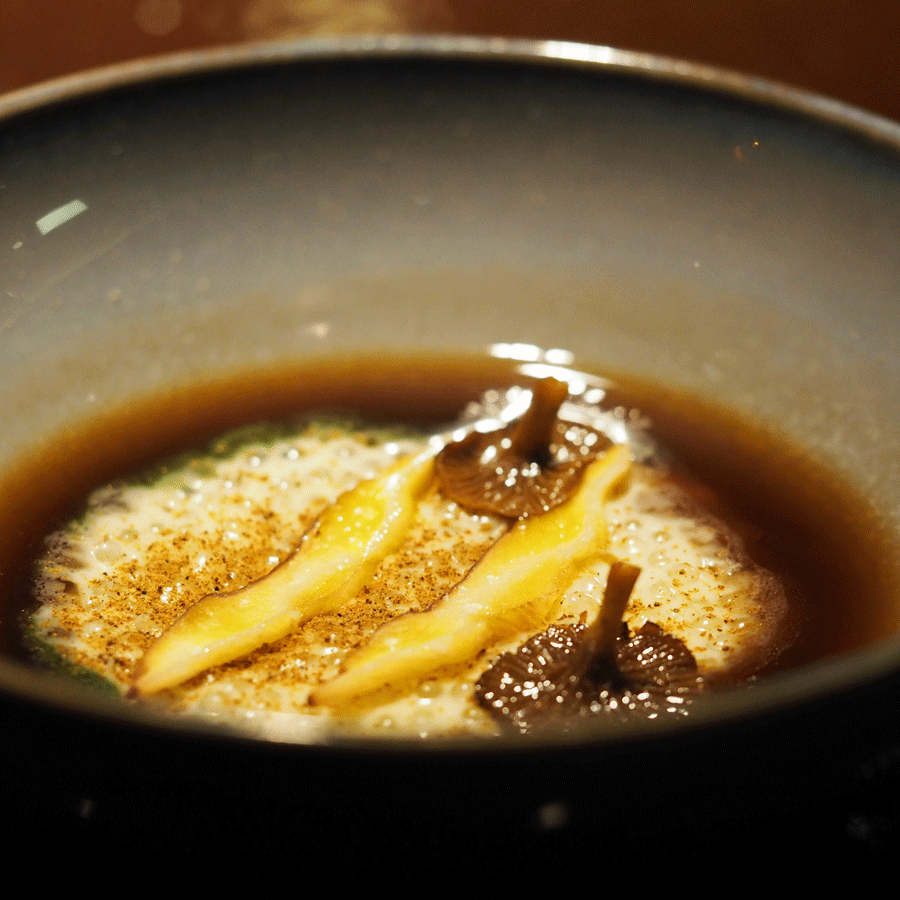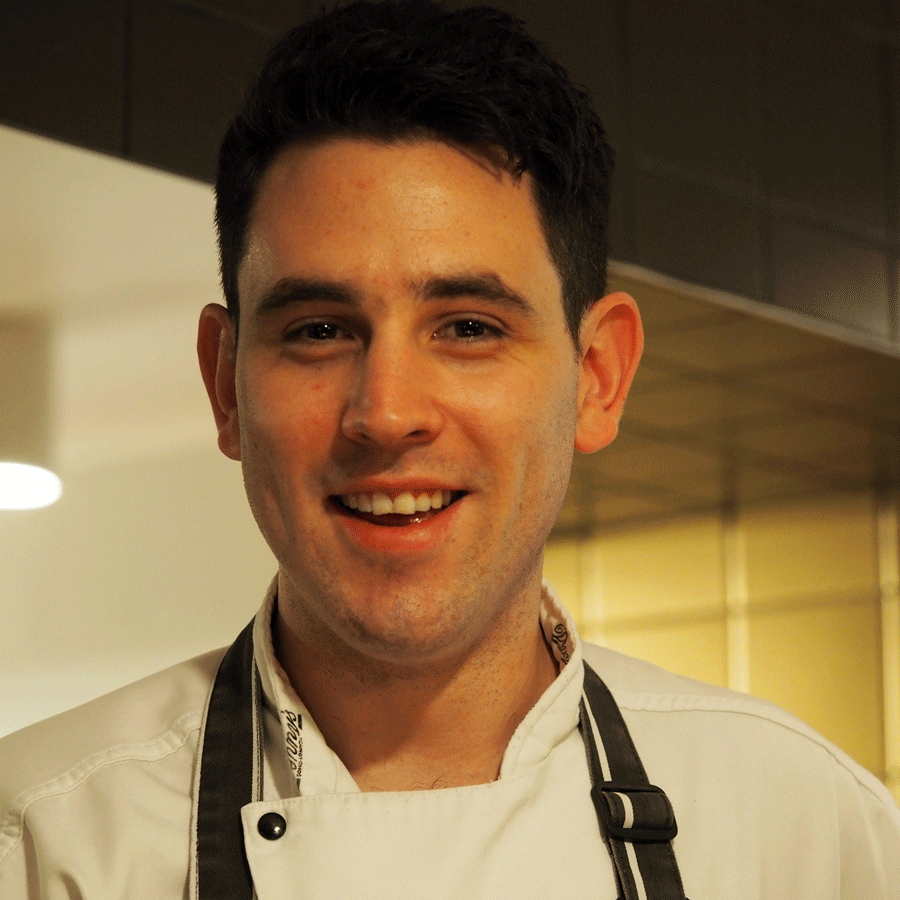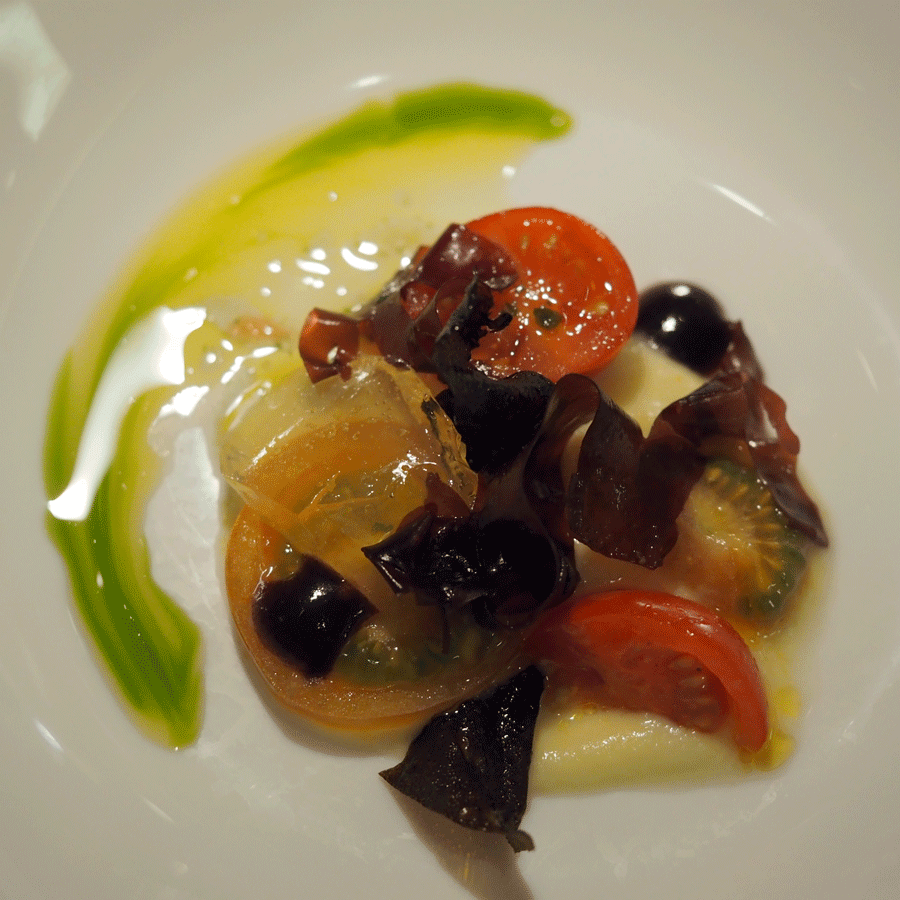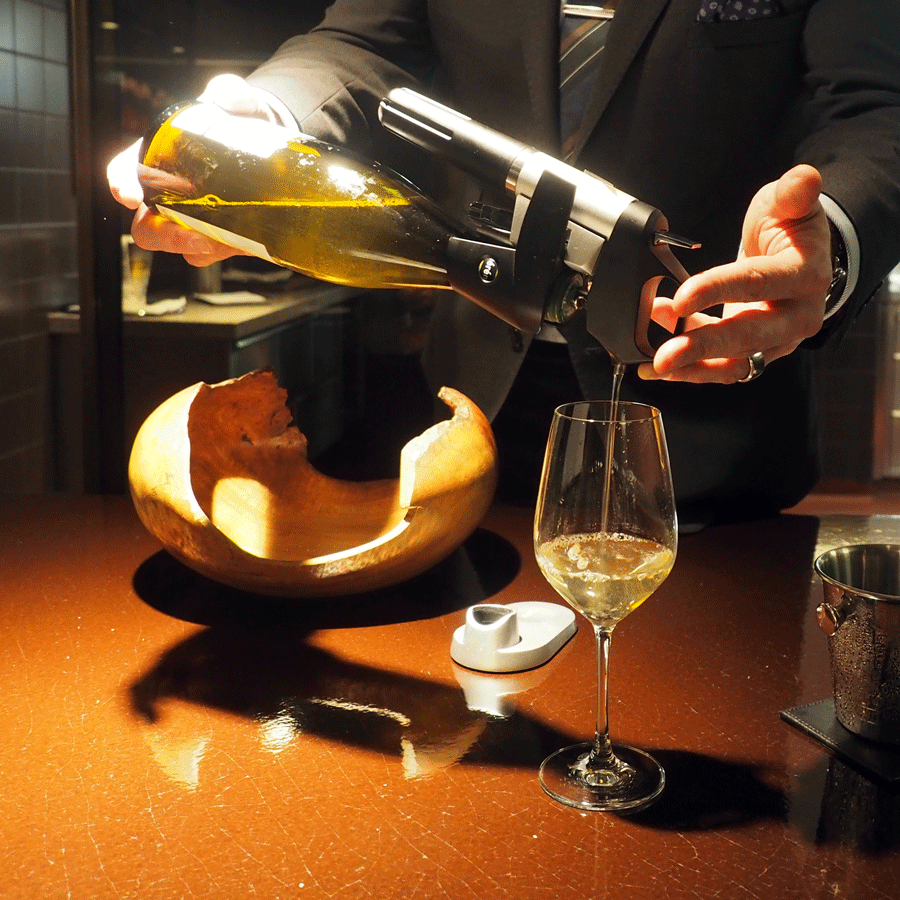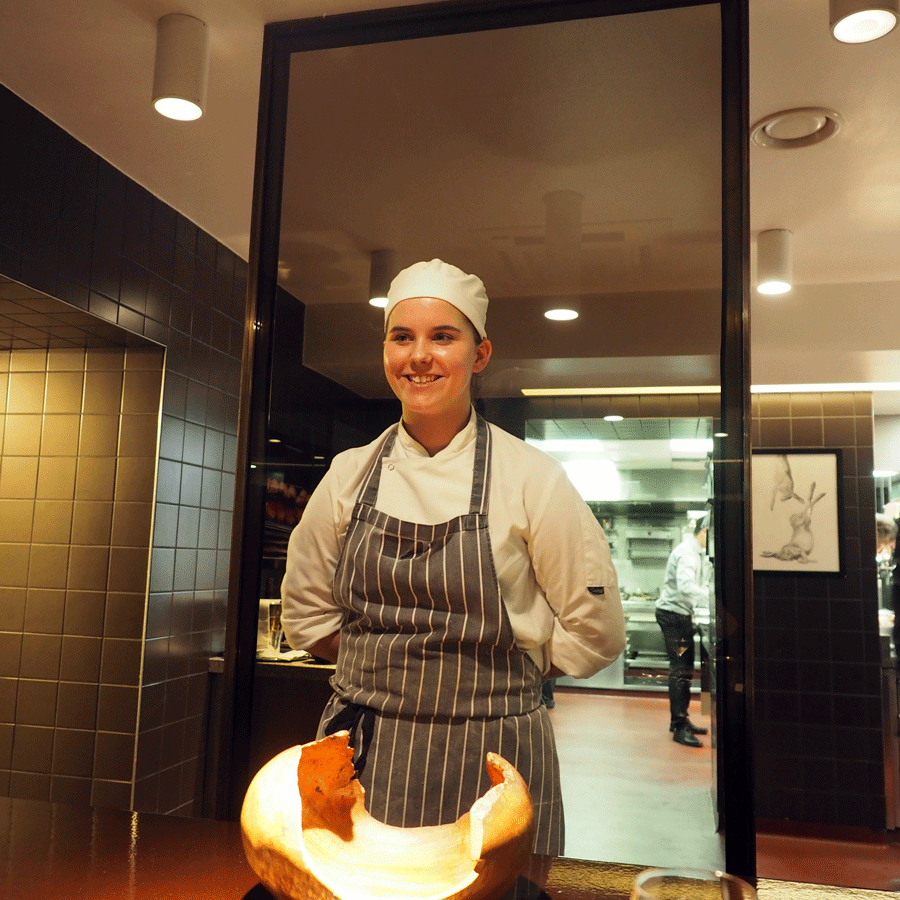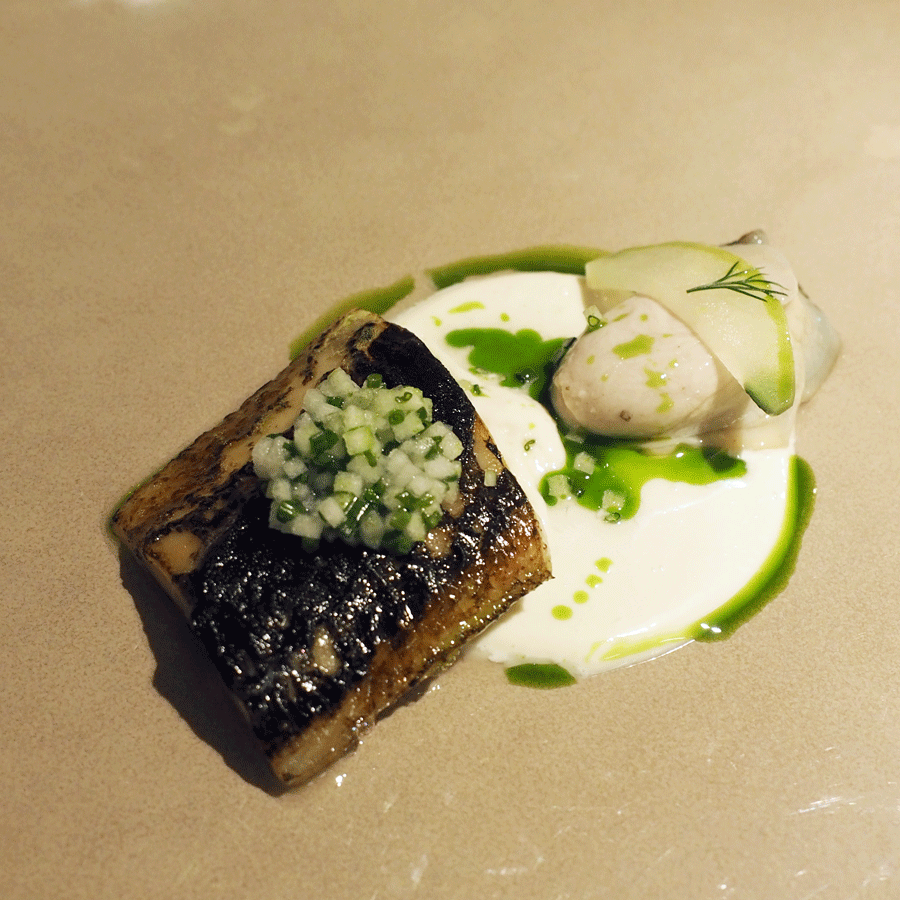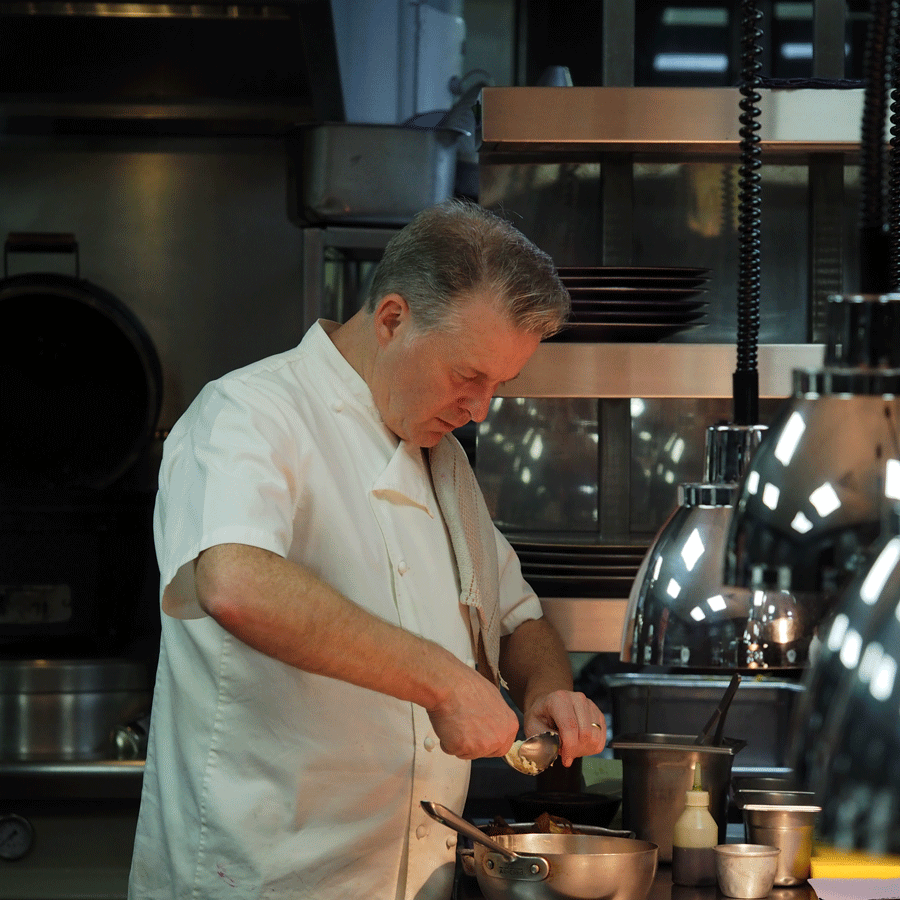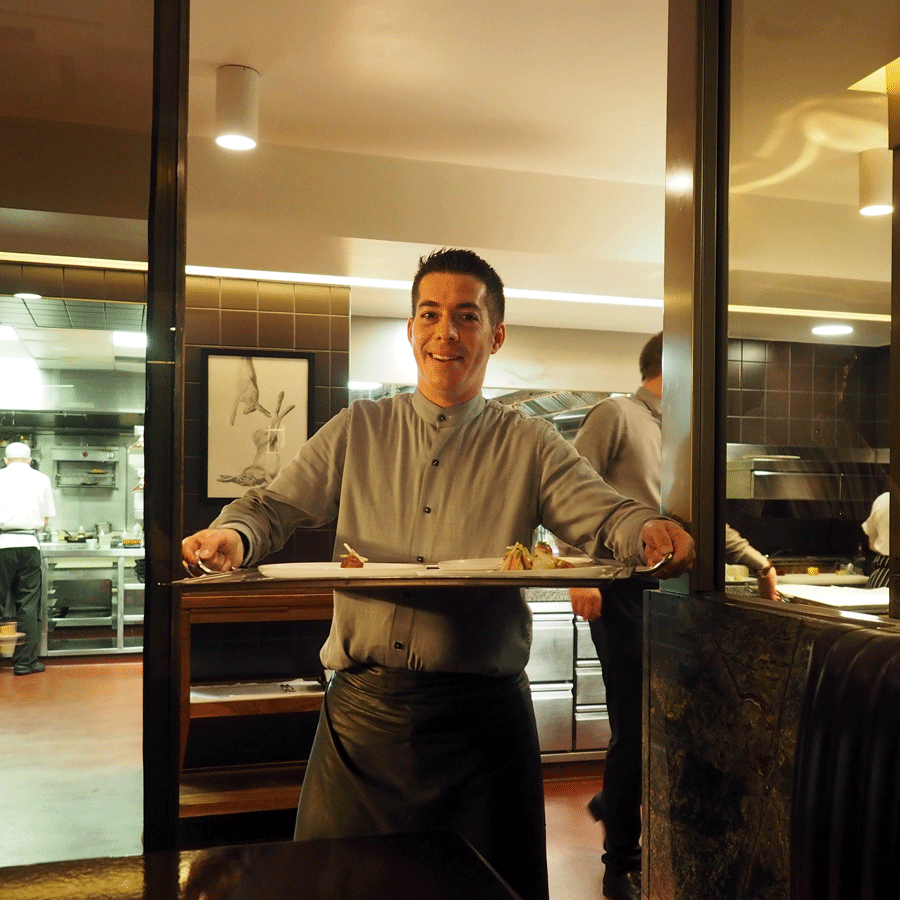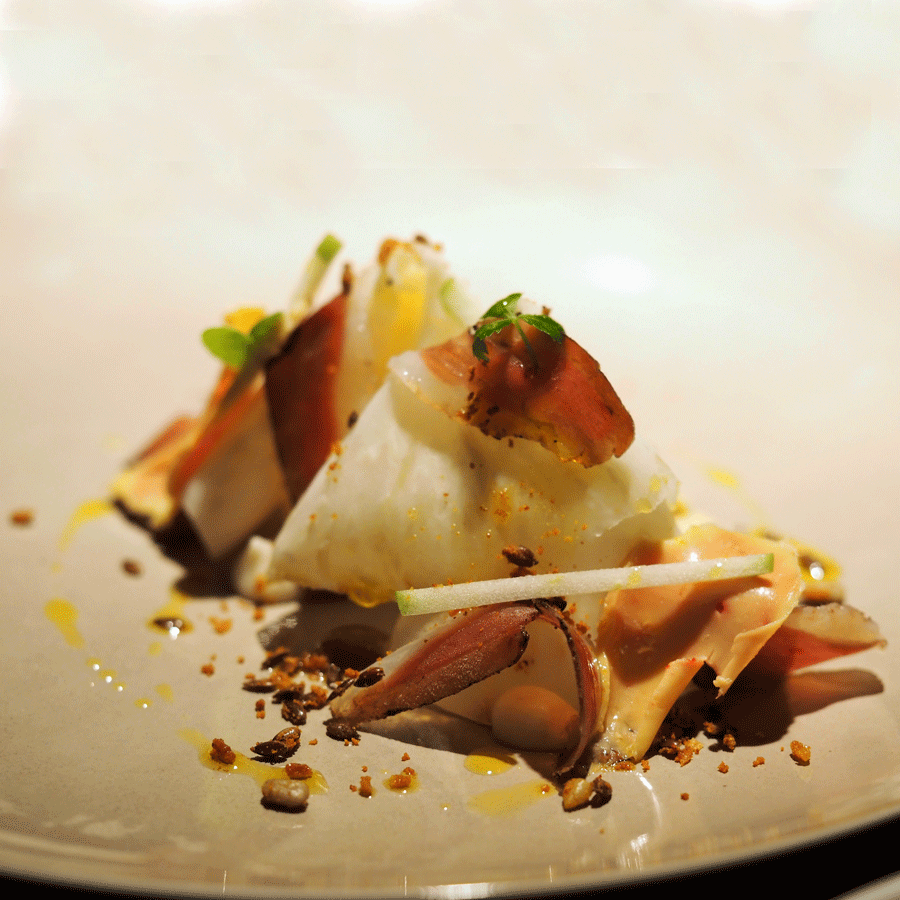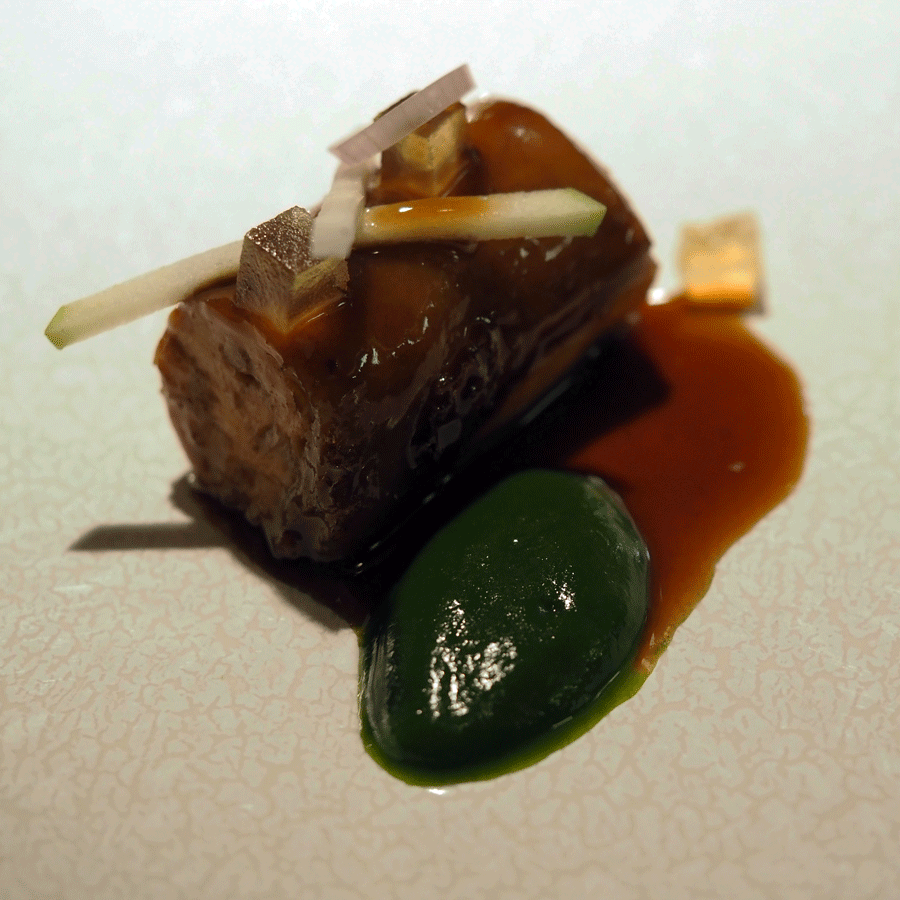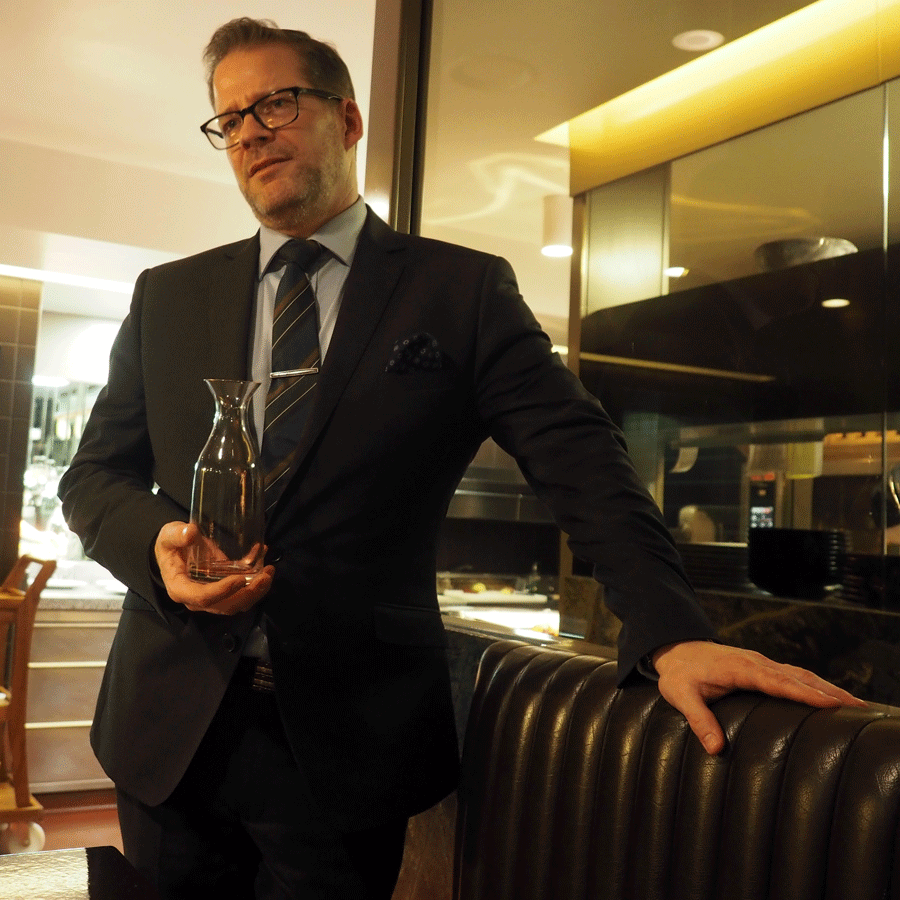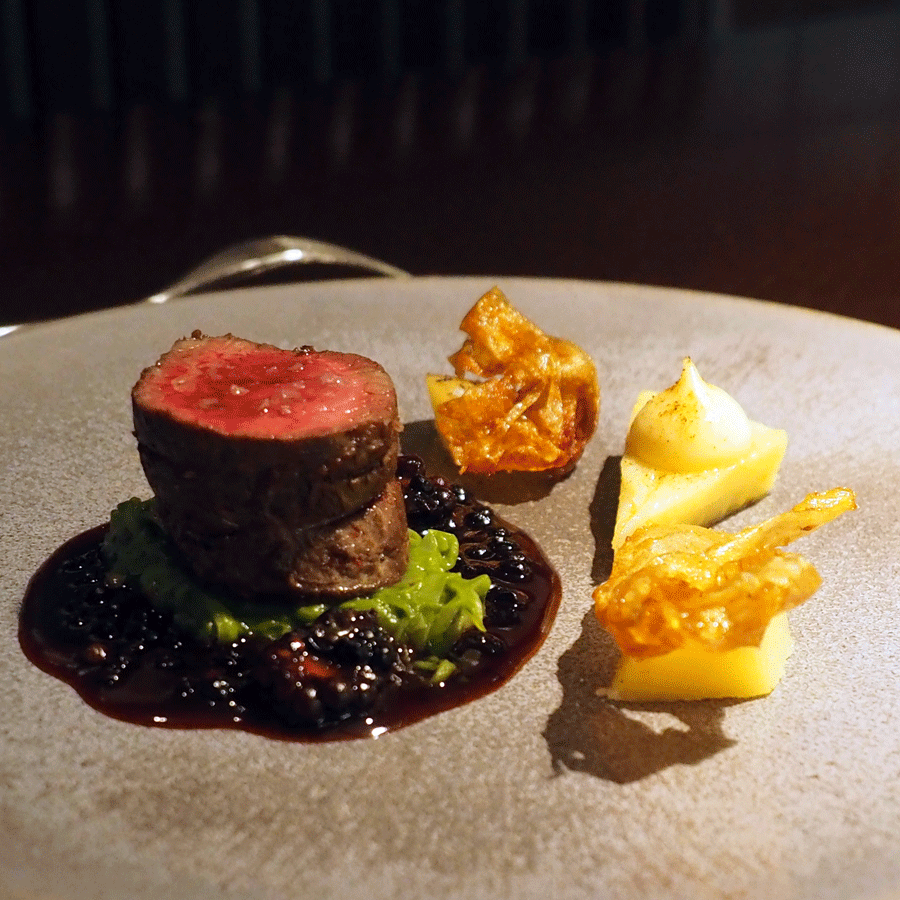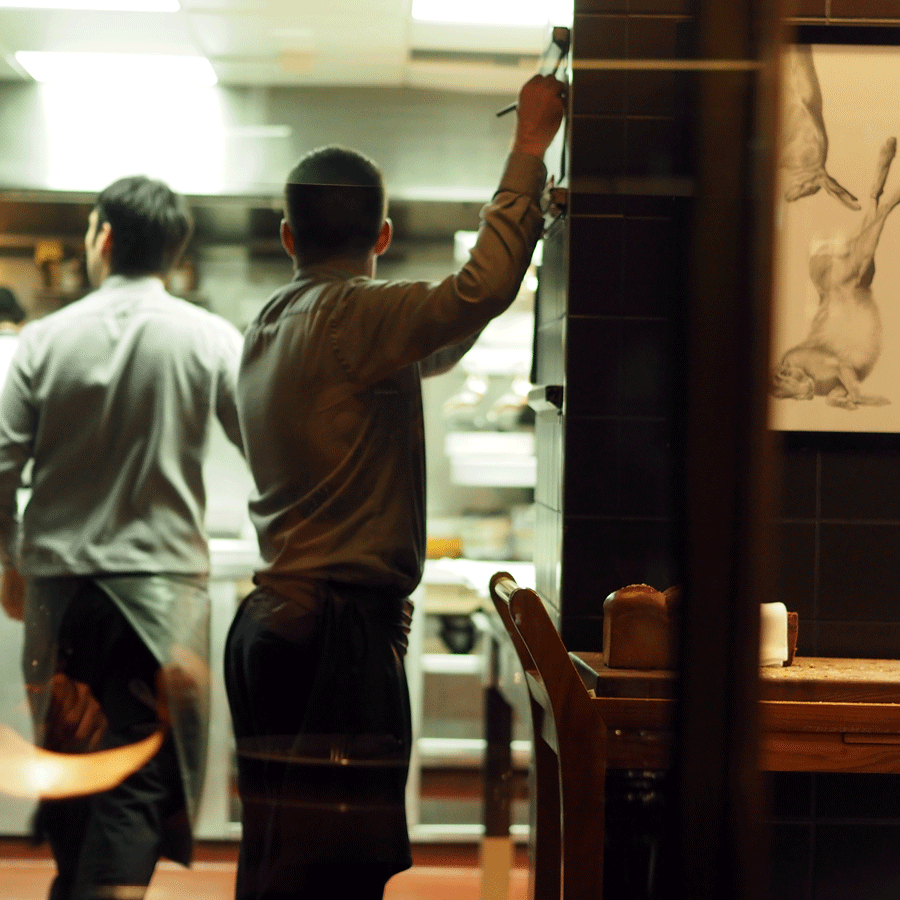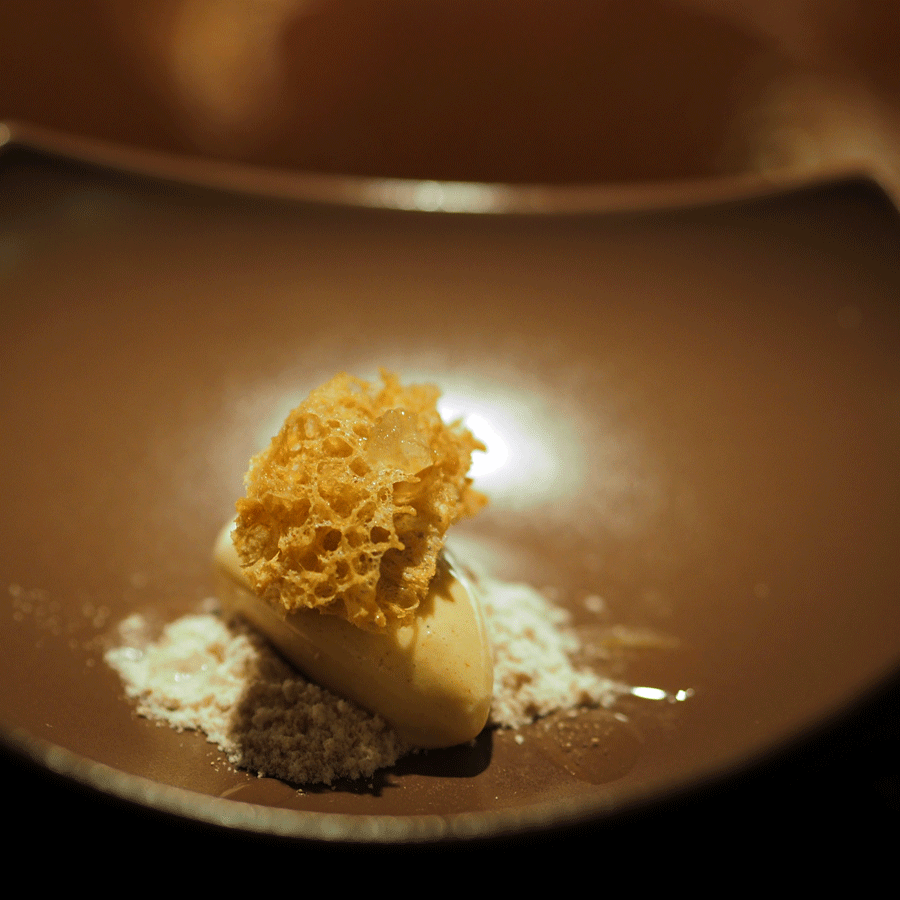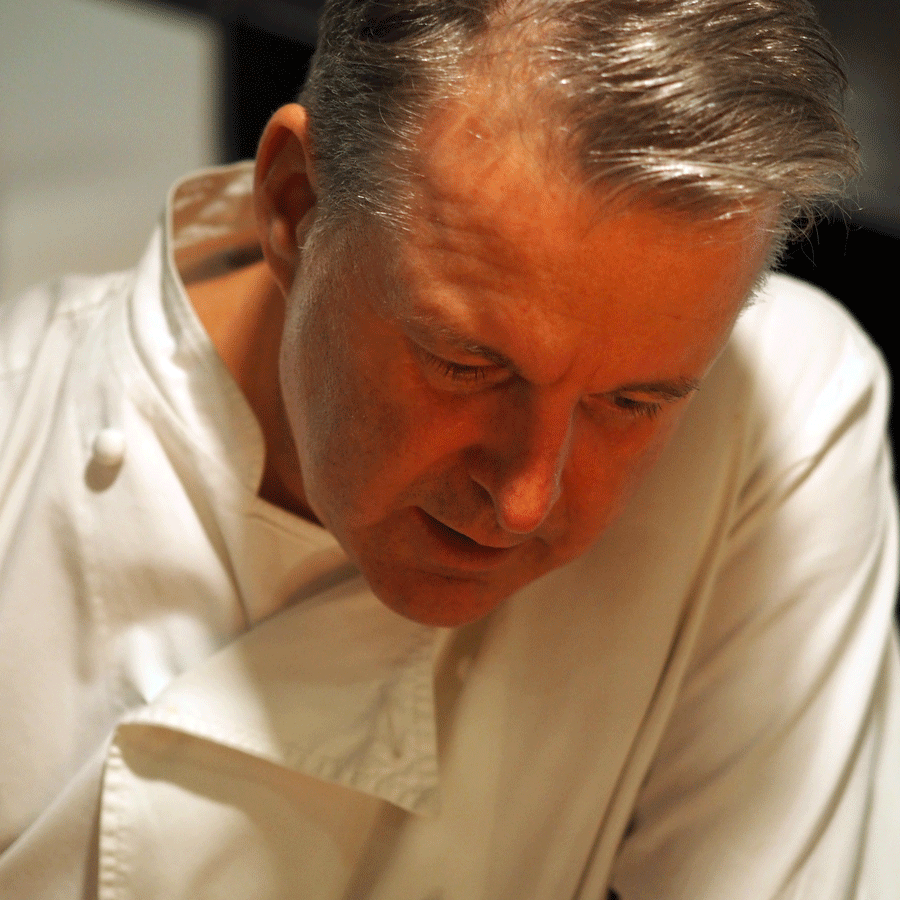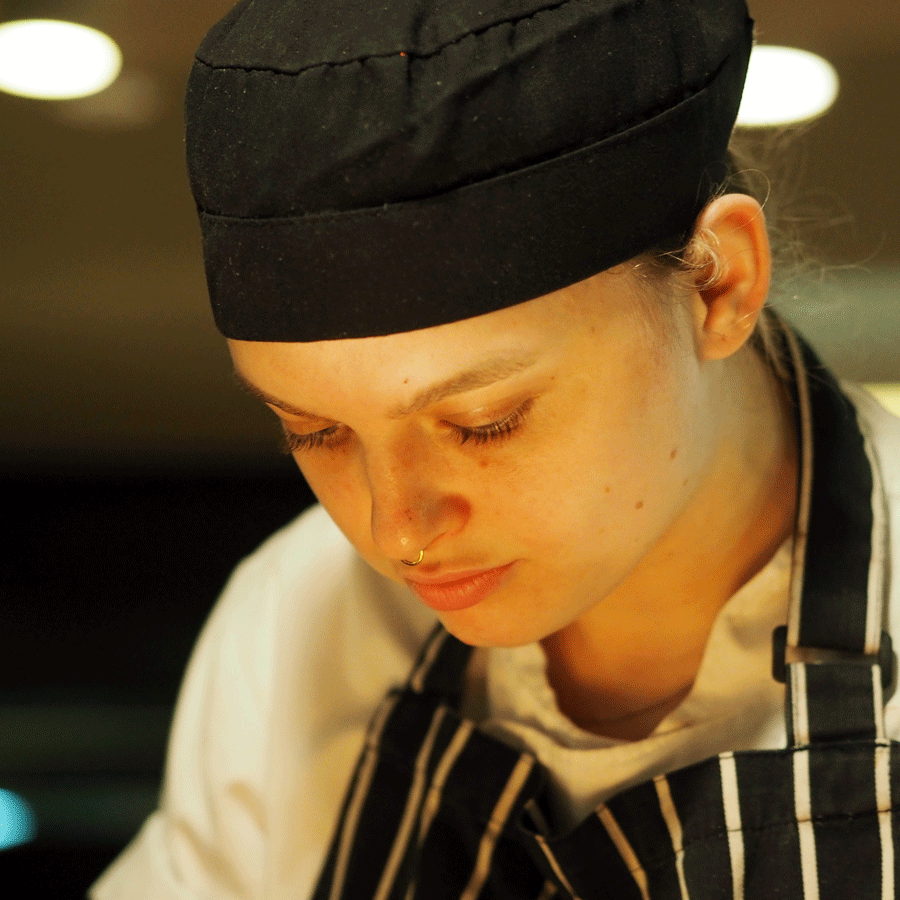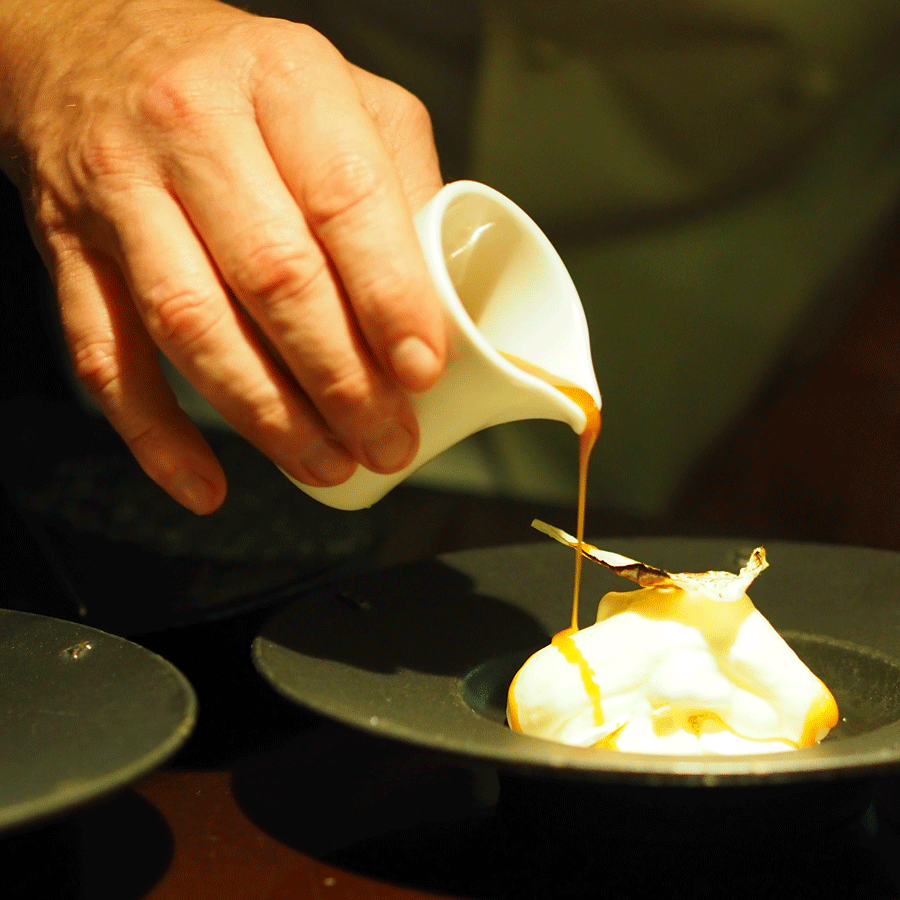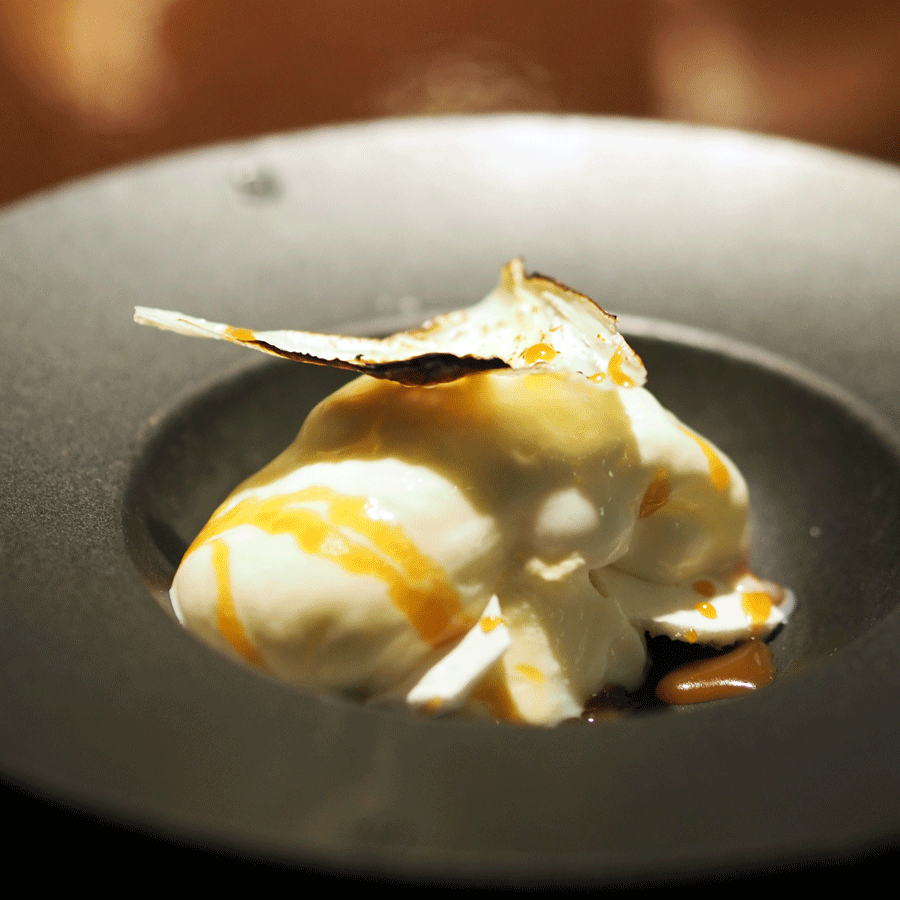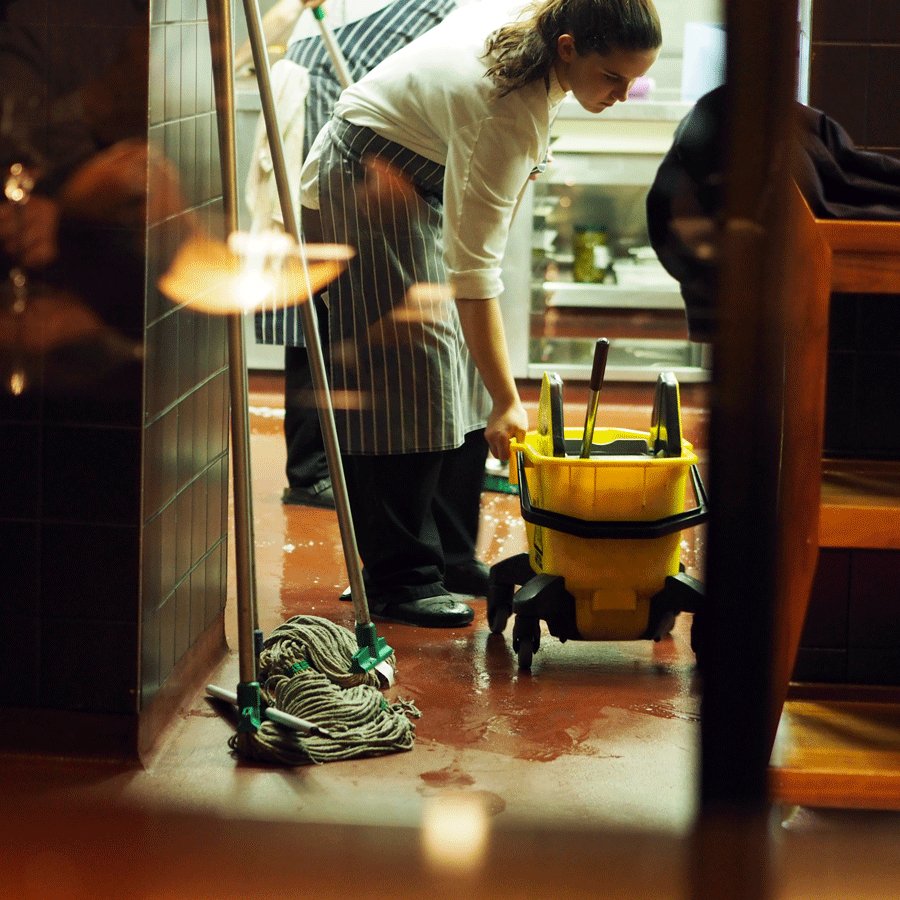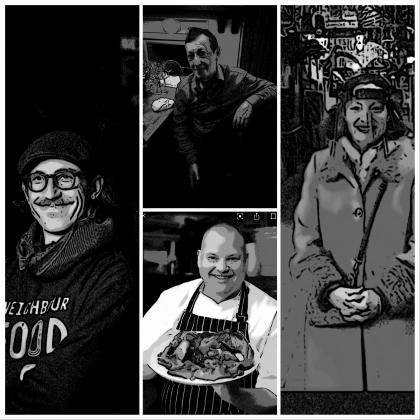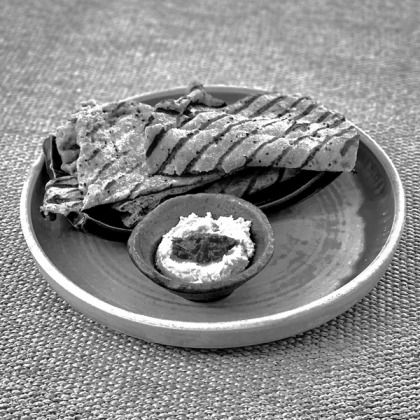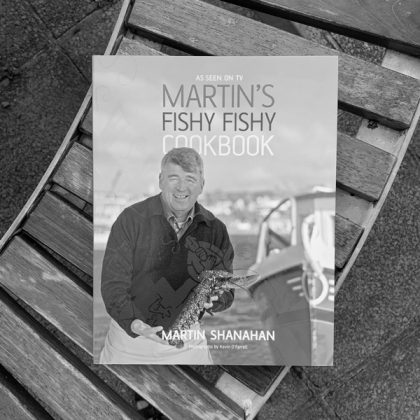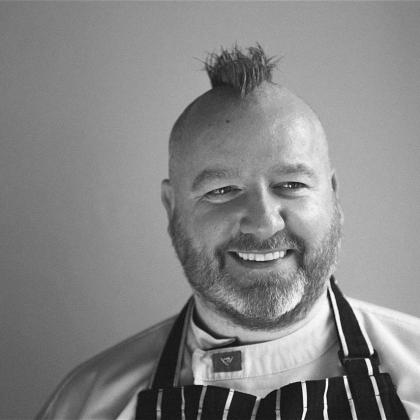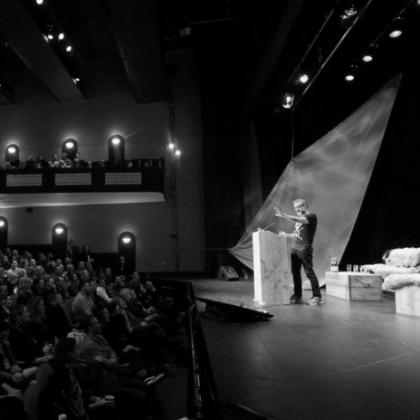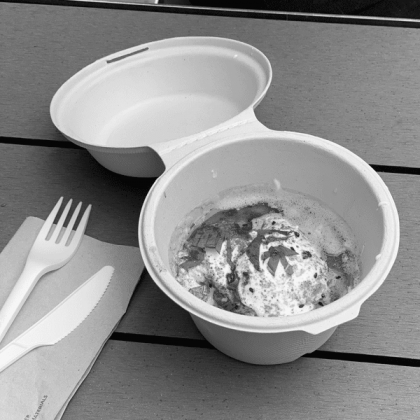Eating at the chef’s table in Dublin’s Chapter One restaurant, it’s difficult to decide which is the better entertainment: The superlative cooking? Or the considered words of chef-patron Ross Lewis, as he introduces the dishes, and talks about his cooking and his restaurant.
Even before the first little dish of beetroot with Lindi pepper arrives, Mr Lewis confesses that he tells all new staff members: “You are a hospitalitarian.”
It’s not a term I have ever heard before, and it’s not a term I will forget. It quickly becomes obvious, too, that all the Chapter One staff have memorised it, for they offer a mosaic of hospitality which combines intimacy and spontaneity, with a staggering efficiency. Every team member in Chapter One is chilled, and they need to be: on the day we eat, an average Thursday, the restaurant hosts 200 guests for lunch, pre-theatre, and dinner.
The chef’s table is a large table which seats six people, housed in a glass cube and adjacent to the main kitchen entrance. You see and hear everyone at work as they prepare and ferry dinner for 80 people.
Amongst the team are the pastry chefs, Cassie and Jessie; head chef Eric; sous-chef Vish. Kerry is on cold starters, and Patrick is on hot starters, whilst sommelier Ed Jolliffe appears and reappears during the evening with one absorbing bottle of wine after another.
It is as thrilling a theatre experience as any that Dublin city offers, and Mr Lewis scripts the evening as tightly as an Arthur Miller drama. Indeed when he says that “A restaurant is all energy”, as we nibbled some olives, you wonder if he actually has a script, for how better to set the scene of what follows, which is the transmutation of human and biological energy into pure pleasure.
Chapter One cooking has a simple rule: nothing is overstated, and so the food looks simple, all the better to hide the complexity of what the kitchen has gotten up to.
Mr Lewis is no ideologue, and one senses that for him the height of bad manners would be to show off. He cooks to make people happy, not to show what a smart guy he is.
The effect of such modesty is to magnify the experience of the chef’s table: eating here is one of the greatest experiences you can enjoy in any restaurant anywhere in the world.
The chef’s table offers 9 courses but, if we had been forced to cancel the evening after the first proper course – Japanese pearl tapioca with St Tola goat’s cheese and organic spinach, mushroom juice and Irish shiitake – I actually could have gone home happy. This dish is the most perfect nursery food ever made, and it hit every pleasure point. It’s one of the nicest things I have ever eaten.
How do you follow that? In Chapter One they tone things down a shade, so a little salad of Beechlawn Farm tomatoes with pickled dilisk is a moment of relief. But then the culinary tension goes up again with some charred cured mackerel and poached Clarenbridge oysters, and stays racked up with the next course of pig’s tail stuffed with Gubbeen bacon and lobster, a tour de force, and one of the restaurant’s best-known signature dishes.
Then Mr Lewis reins in the script: with a dish of John Dory and Castletownbere shrimp, he explains that the kitchen is trying to establish “the harmony of winter”, which explains the use of kale and Crown Prince pumpkin alongside the principal ingredients. We are closing off the second act, before the third act finale.
That begins with sika vension with parsnip and poached quince, with some sweet heart cabbage and a sauce of blackberries and elderberries. It’s a dish as beautifully plotted as a good drama, every element essential to the total effect the kitchen wants to achieve.
The first dessert of malted banana ice cream with espresso sponge, Earl Grey tea ice and caramel powder is a delicious bait of flavours, but then comes the Leonard Cohen spot, the “Hallelujah” moment that is announced on the menu simply as Milk and Honey.
This extraordinary creation is, in effect, a vertical concept of milk: there is burnt milk skin, there is milk crumb, milk wafers, milk brulée, yogurt and buttermilk, with a sauce that headlines Lannleire honey. The team have, in effect, ended where they started, with an intoxicating concept of nursery food: milk and honey for the Gods.
The chef’s table menu in Chapter One costs €100. If you ate this food in San Francisco, or Paris, it would cost €1000. Mr Lewis and his team deliver one of the great cultural experiences of modern Ireland, an experience that “is all energy.”
chapteronerestaurant.com Tel: (01) 873 2266
The chef’s table in Dublin’s Chapter One restaurant is one of the greatest experiences in dining.
Archive - all the best places to eat, shop and stay in Ireland. A local guide to local places.

